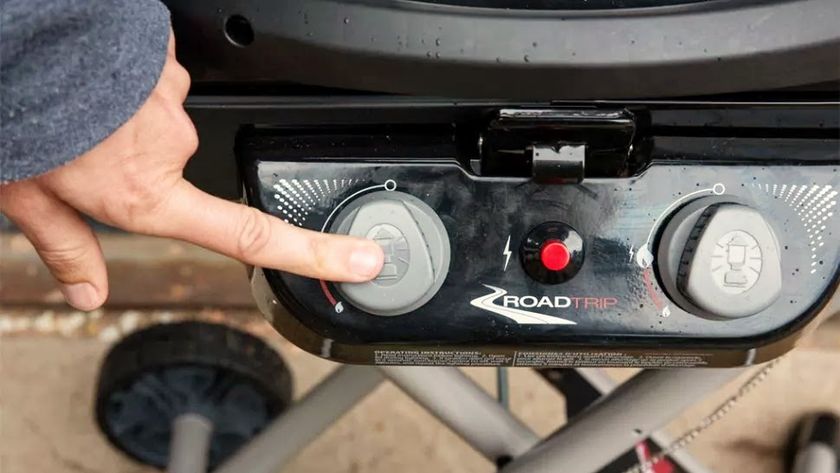Backing up your data can help reduce the need to use data recovery software in the future and reduce the chances of losing irreplaceable files. By adhering to the following steps, you can ensure that your backup goes as smoothly as possible.
1. Make a List
The first step to planning a backup is to make a list of all of the files that need to be backed up. This includes important documents, photos and other files that you do not want to lose in case of a hard drive crash or accidental deletion. This list will help you organize the backup and ensure that you backup all of the files you want to save.
2. Calculate Space
The next step to planning a backup is to calculate how much space is necessary to backup the files. This will help determine what media you should use. For example, if you have 2 GB of files to backup, you will need at least 3 CD-Rs to complete this backup. However, this data can fit on a single DVD-R. You can calculate manually by computing each file or folder individually, or you can copy all of the files you want to backup into a single folder and check the amount of space that folder occupies.
3. Decide on the Medium
After determining the amount of space that your data occupies, the next step is to decide which medium will be used for backing up the data. This decision will be largely determined on what resources you have available. For example, if you do not have a DVD burner or a tape drive, these choices can be eliminated. Review my article on Backup Media to review the benefits and risks of various types of backup media.
4. Schedule a Time
Schedule a time when you have an adequate amount of free time to perform the backup. Depending on the medium used, the amount of data that needs to be used and your computer s performance, a backup can take as little as 10 to 15 minutes or up to many hours.
5. Backup Your Data
After following these steps, perform the backup.
At TopTenREVIEWS We Do the Research So You Don't Have To.
Additional Resources:
- File System Types
- Regular Maintenance Guidelines











